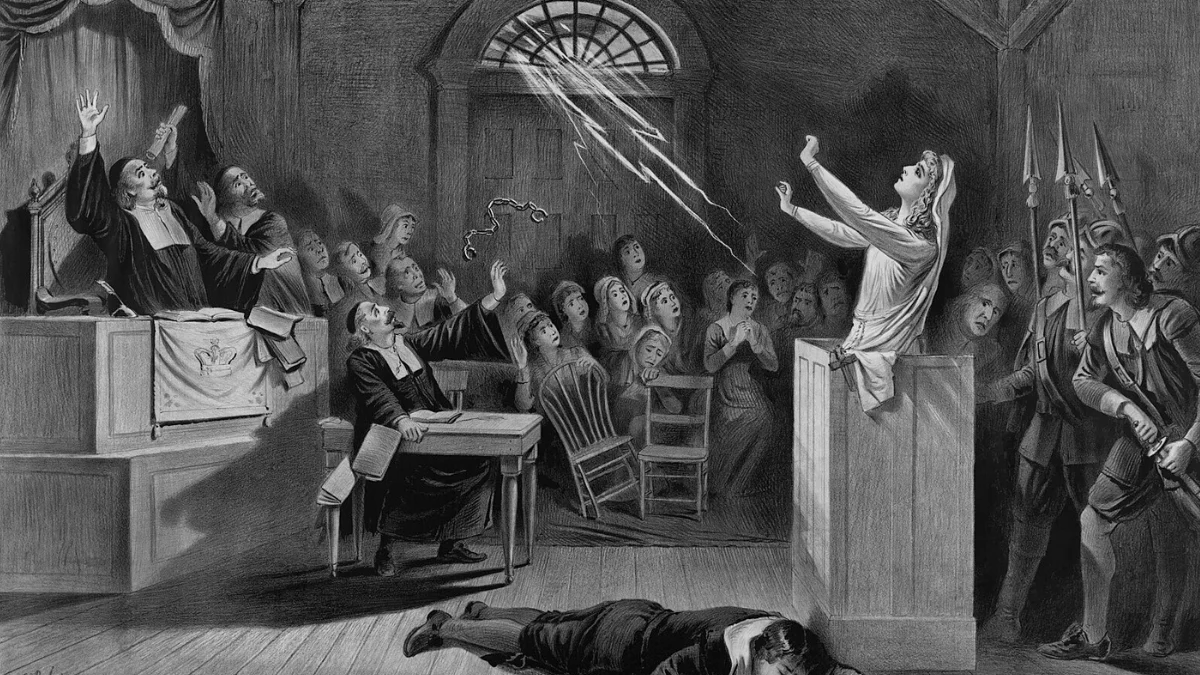
Before witches were just part of Halloween, accusations of witchcraft had a real impact on the laws, towns, and even the names of places throughout what is now the United States. From the famous trials in Massachusetts to less well-known cases in states like Connecticut, Pennsylvania, and Virginia, these events show how fear, disagreements, and changing legal rules all came together. Here are 15 of the most important witchcraft trials that significantly shaped American history.
Salem Witch Trials
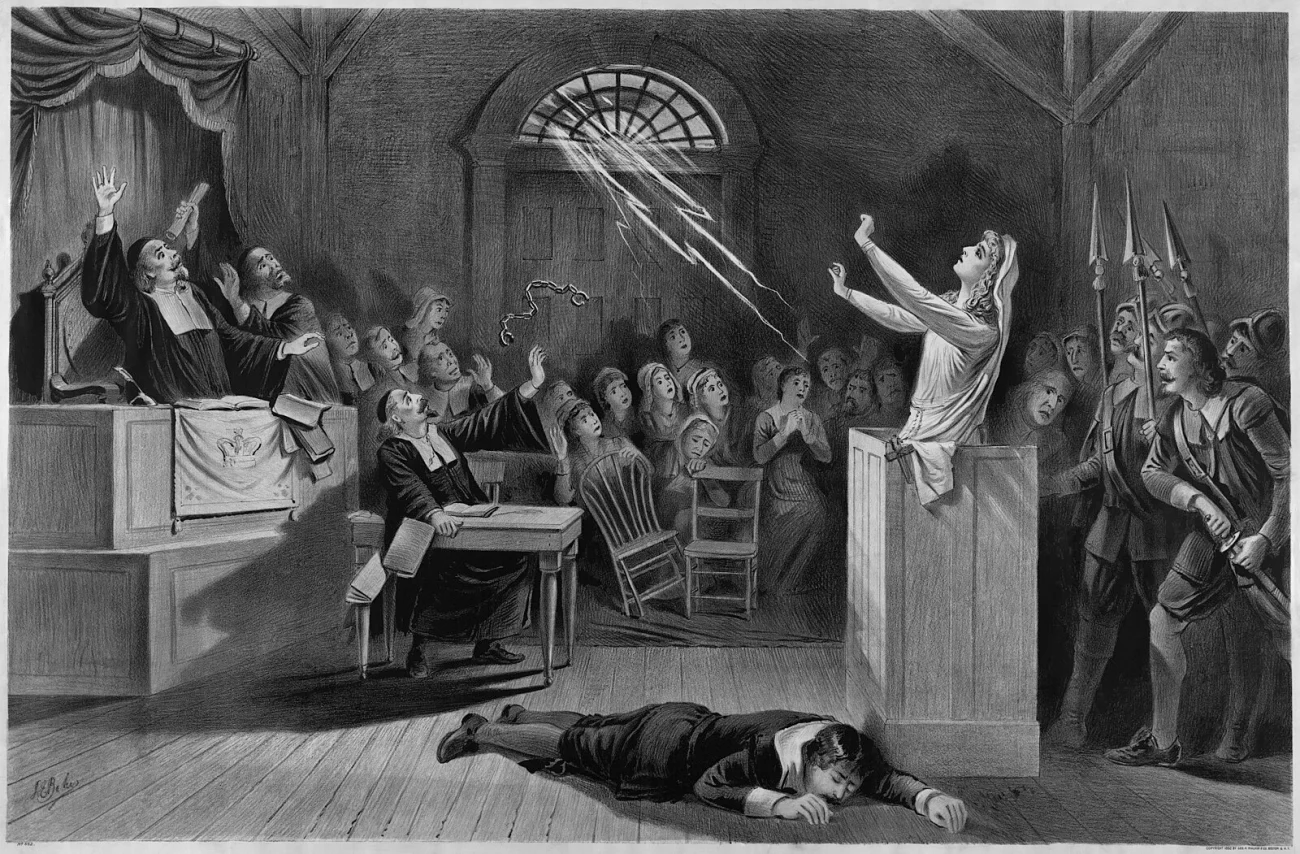
Between 1692 and 1693, over 200 people in the Salem, Massachusetts area were accused of witchcraft. Of those, 30 were found guilty, and 19 were executed by hanging. One man, Giles Corey, died while being pressed with stones, and at least five others died in jail. The accusations started in Salem Village (now Danvers) but soon spread to nearby towns like Andover and Topsfield. Initially, the courts allowed the use of ‘spectral evidence’ – testimony based on visions or dreams – but in 1693, a higher court rejected this type of evidence, which helped bring the hysteria to an end. Even into the 21st century, efforts continued to formally clear the names of those wrongly accused.
Hartford Witch Panic
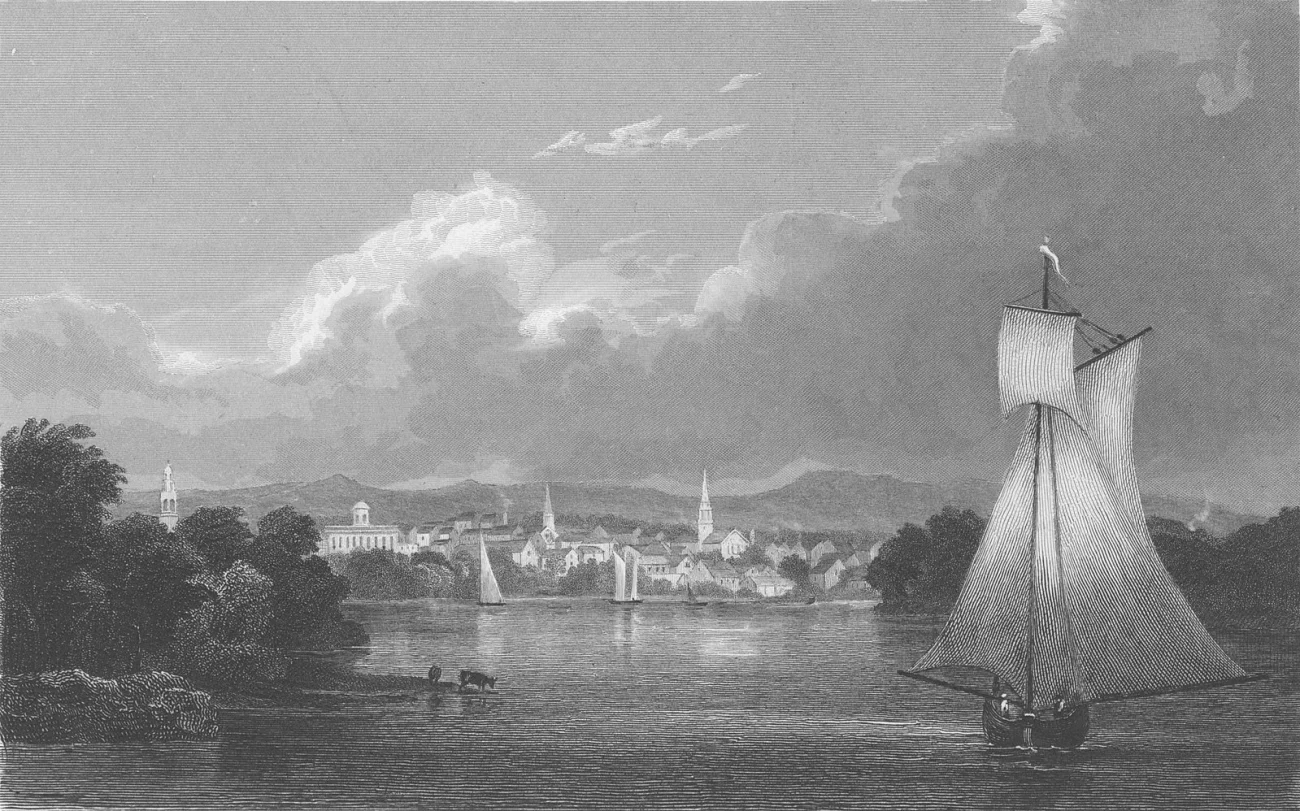
In 1662-1663, Hartford, Connecticut experienced a wave of accusations that led to several executions and established precedents for how evidence was presented and accepted in early New England courts. This followed a previous execution in 1647, and the cases involved the towns of Hartford, Wethersfield, and Farmington. Afterward, Connecticut officials made it harder to convict people by requiring stronger evidence, which resulted in fewer convictions in later years.
Alse Young of Hartford
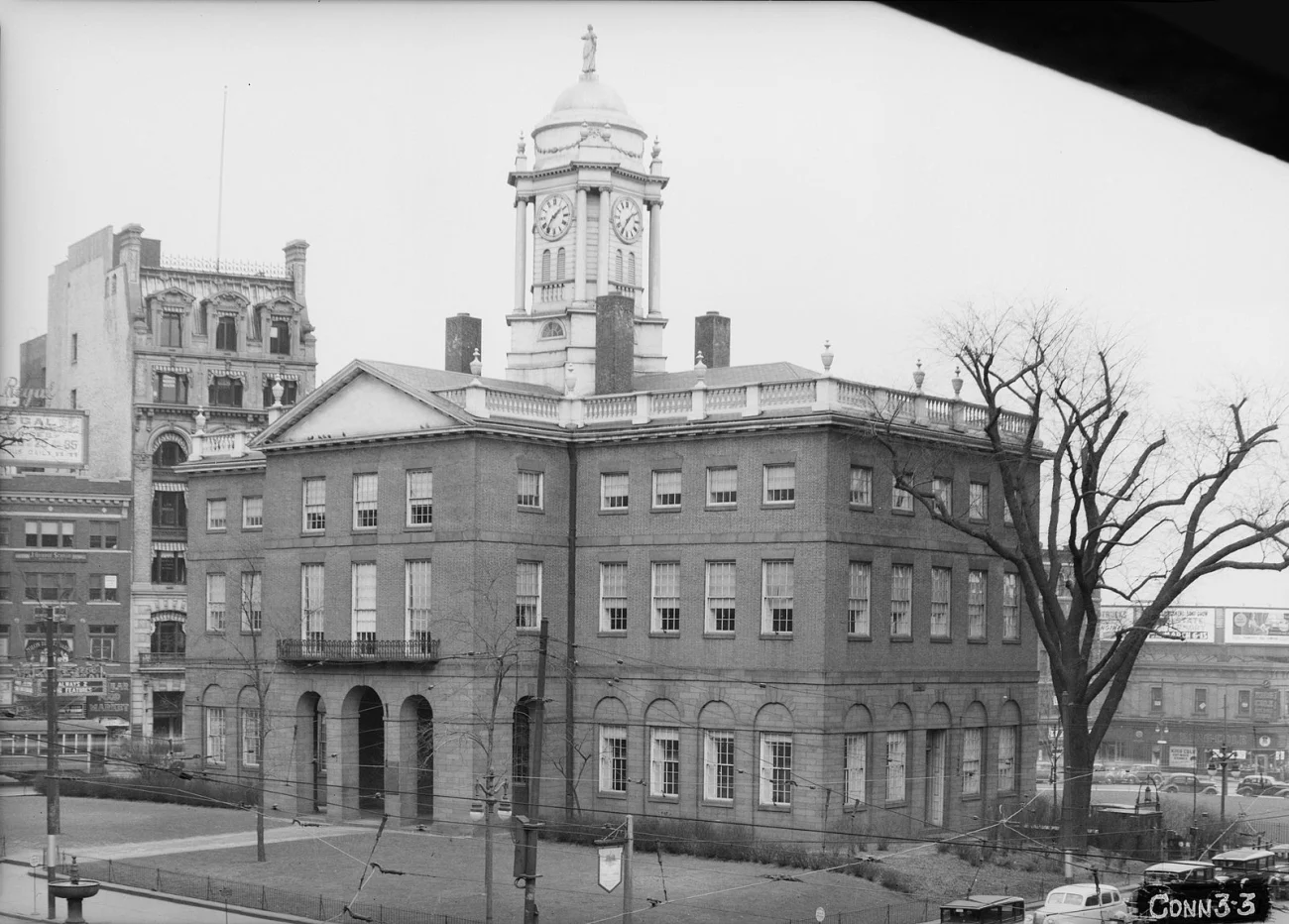
Alice Young was the first person to be executed for witchcraft in colonial North America. She was hanged in Hartford, Connecticut, in 1647. While details about her case are limited, her execution began a period of fifty years where many people in Connecticut were accused and prosecuted for witchcraft. Today, memorials in Windsor and ongoing research acknowledge her case as a dark and significant moment in history.
John and Joan Carrington of Wethersfield
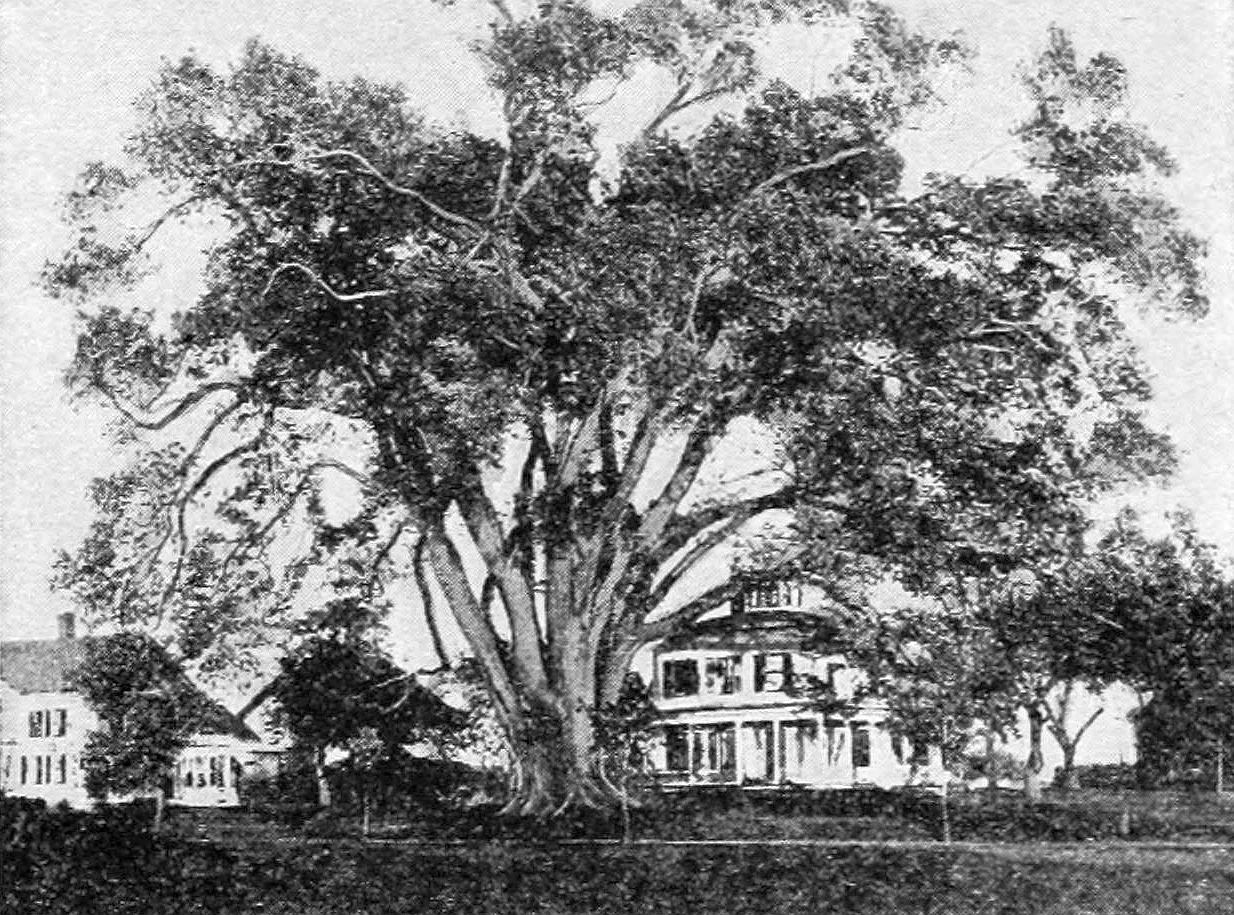
In March 1651, John and Joan Carrington were found guilty and executed for witchcraft in Wethersfield, Connecticut. Their case is one of the first documented executions in the colony and shows how husbands and wives could both be accused and punished. Modern research suggests the accusations stemmed from disagreements within the community and the strict laws of the time.
Goodwife Bassett of Stratford
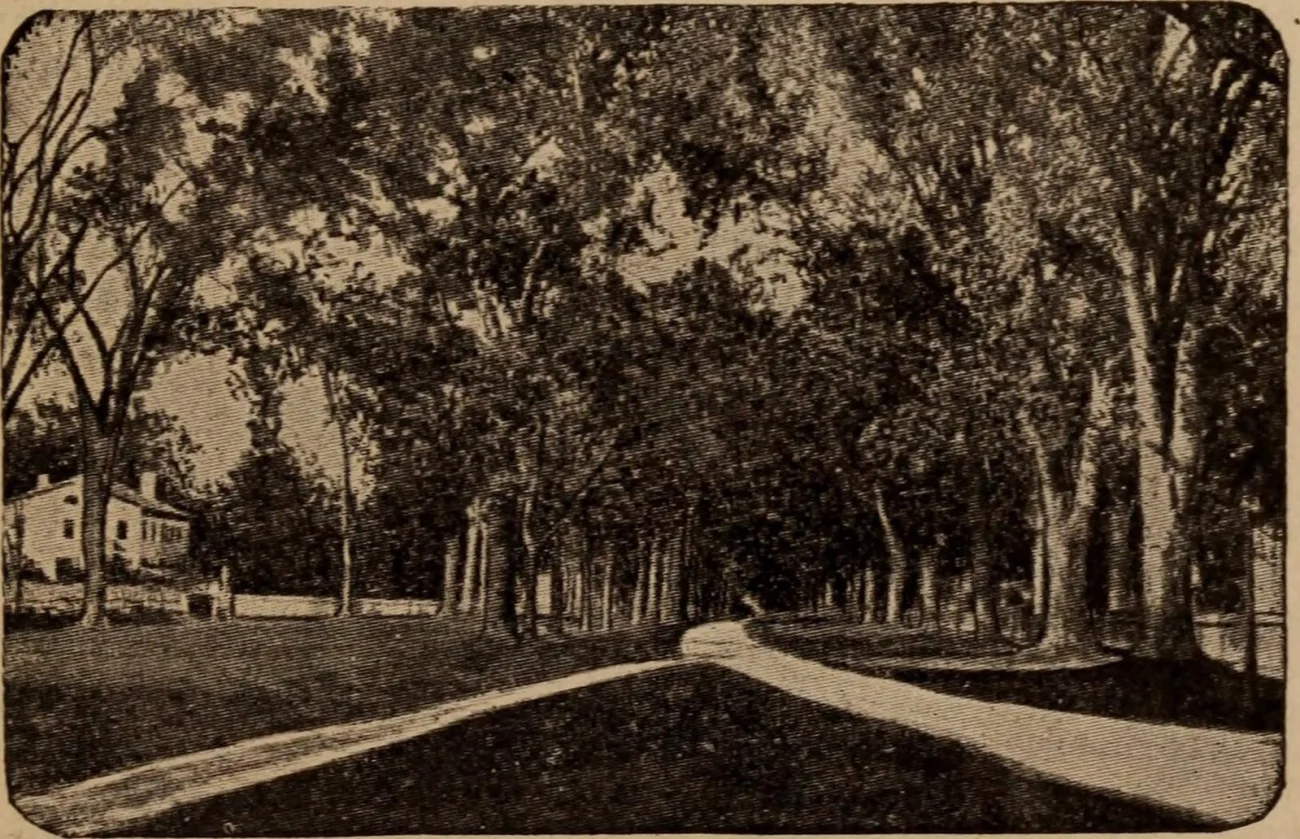
In 1651, a woman known as Goodwife Bassett was put to death in Stratford after admitting to wrongdoing during questioning. Her confession caused widespread fear and led to suspicion of other women in the area. Today, there are efforts in Connecticut to officially recognize the injustice and clear the names of those who were condemned.
Goodwife Knapp of Fairfield
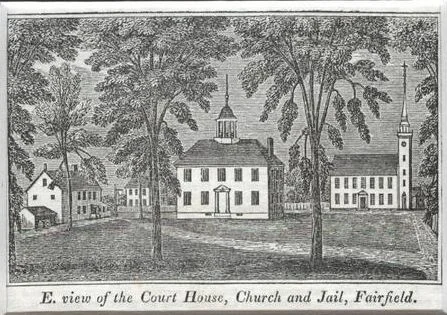
Goody Knapp was executed for witchcraft in Fairfield in 1653, and is remembered for her courage in refusing to accuse anyone else, even when pressured to do so. The case was well-known at the time, with important colonial leaders involved. Today, Fairfield holds events to remember Goody Knapp’s strength and to reflect on the legal system of that period.
Lydia Gilbert of Windsor
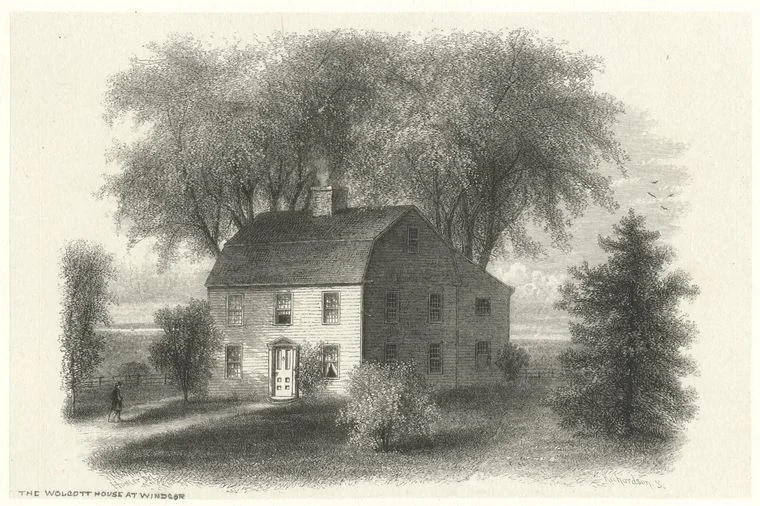
In 1654, Lydia Gilbert was found guilty in Windsor and executed after being accused of causing the death of Henry Stiles through witchcraft. Records connect her trial to an earlier accidental shooting involving Stiles. Historians often use her case as an example of how bad luck was later blamed on malicious witchcraft.
Stamford–Fairfield Trials of Mercy Disborough and Elizabeth Clawson
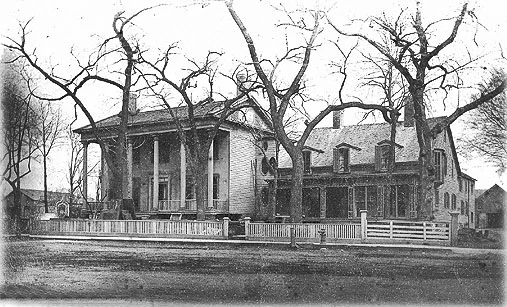
In 1692, the accusations of a servant named Katherine Branch sparked trials for Mercy Disborough of Norwalk and Elizabeth Clawson of Stamford. The investigations involved questionable methods, such as looking for “witch marks” and even a request to subject the accused to a water ordeal. Fortunately, neither woman was put to death. Historians point to this case as evidence that by the 1690s, many New England towns tended to be cautious and favored finding people not guilty.
Ann “Goody” Glover of Boston
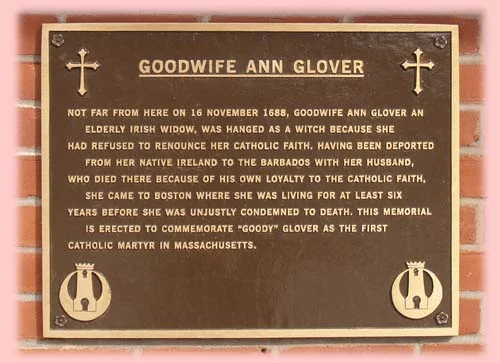
Ann Glover, an Irish Catholic woman who worked as a laundress, was found guilty and executed in Boston on November 16, 1688, following accusations that she bewitched the Goodwin children. The case was widely publicized by Cotton Mather, and is now considered by many to be a foreshadowing of the Salem witch trials. Years later, Boston established a day to commemorate Glover’s case, known as “Goody Glover Day.”
Andover Witch Hunt
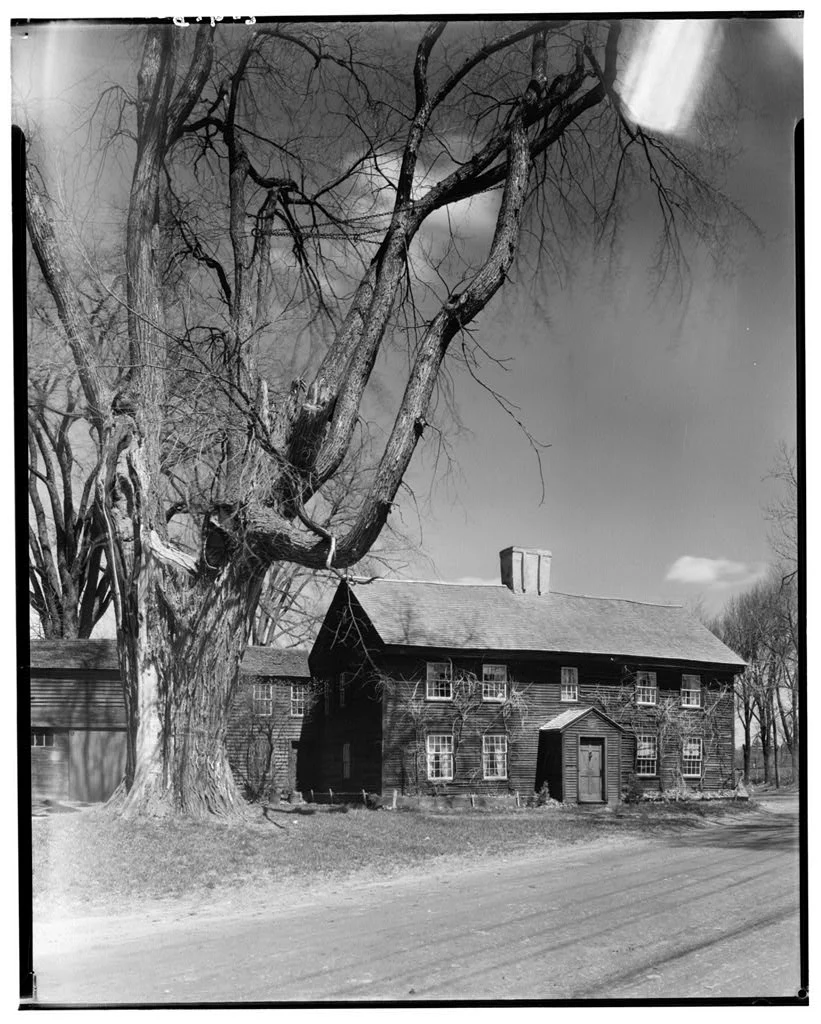
Andover contributed the most accused individuals during the Salem witch trials, with several families caught up in confessions and investigations. Accounts from Andover women later revealed the strong pressure they faced, which influenced what they said. While some Andover residents were put to death as part of the wider Salem trials, many more were jailed and eventually freed.
Margaret Mattson of Pennsylvania
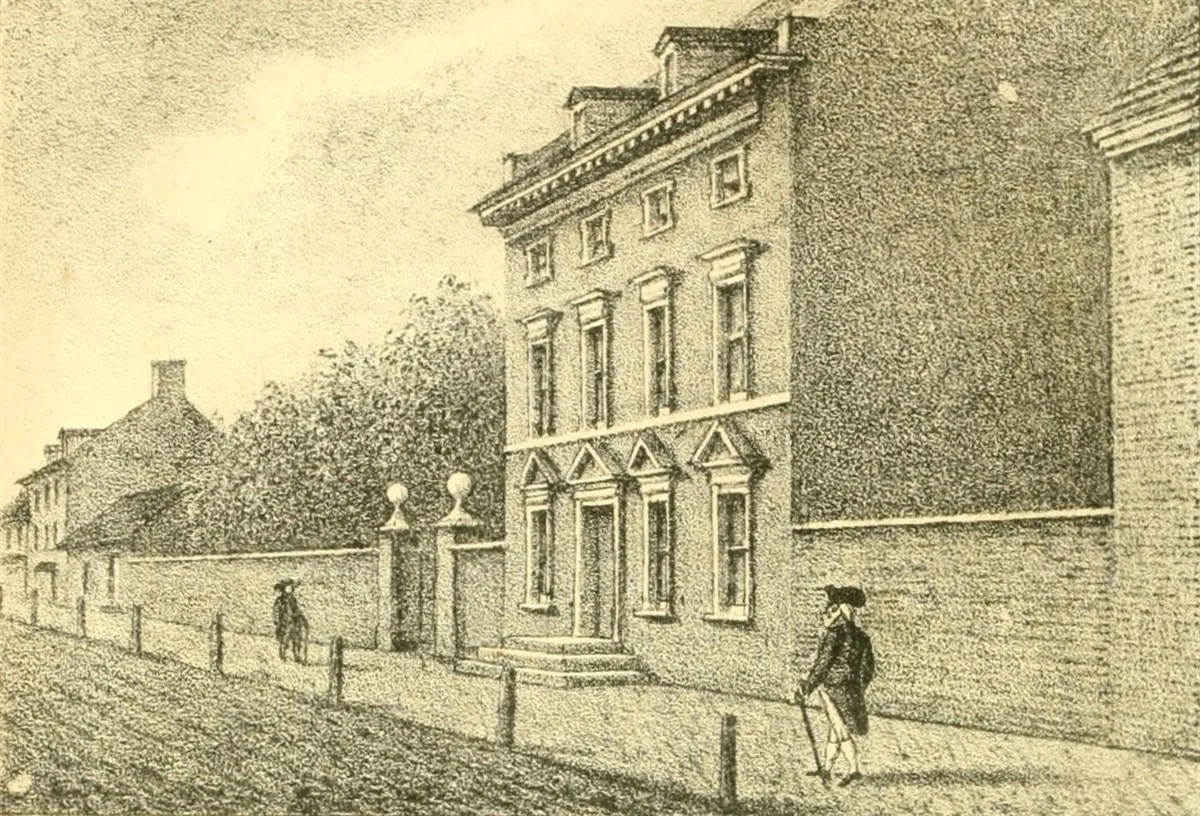
In 1683, Margaret Mattson, a Finnish immigrant in Philadelphia, was put on trial accused of using witchcraft to harm animals and performing other evil acts. Though a jury found her guilty of simply being *known* as a witch – not of actually practicing witchcraft – she was released with a promise to behave. This case is often remembered as the only colonial witch trial ever held in Pennsylvania.
Elizabeth “Goody” Garlick of East Hampton (Long Island)
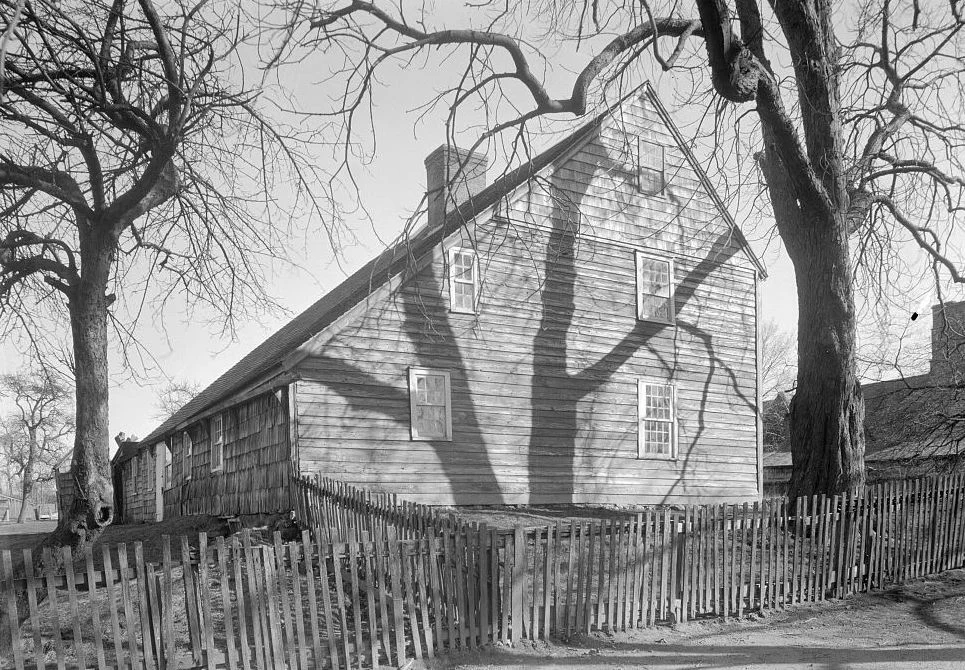
Following the death of Elizabeth Gardiner Howell in 1658, Goody Garlick was accused by her neighbors of using witchcraft to cause it. The trial took place in Hartford, which had legal authority over the case at the time. Although the jury found her not guilty, her husband had to guarantee their good behavior in the future. Records of this event are preserved in local archives and have been included in historical accounts.
Ralph and Mary Hall on Long Island
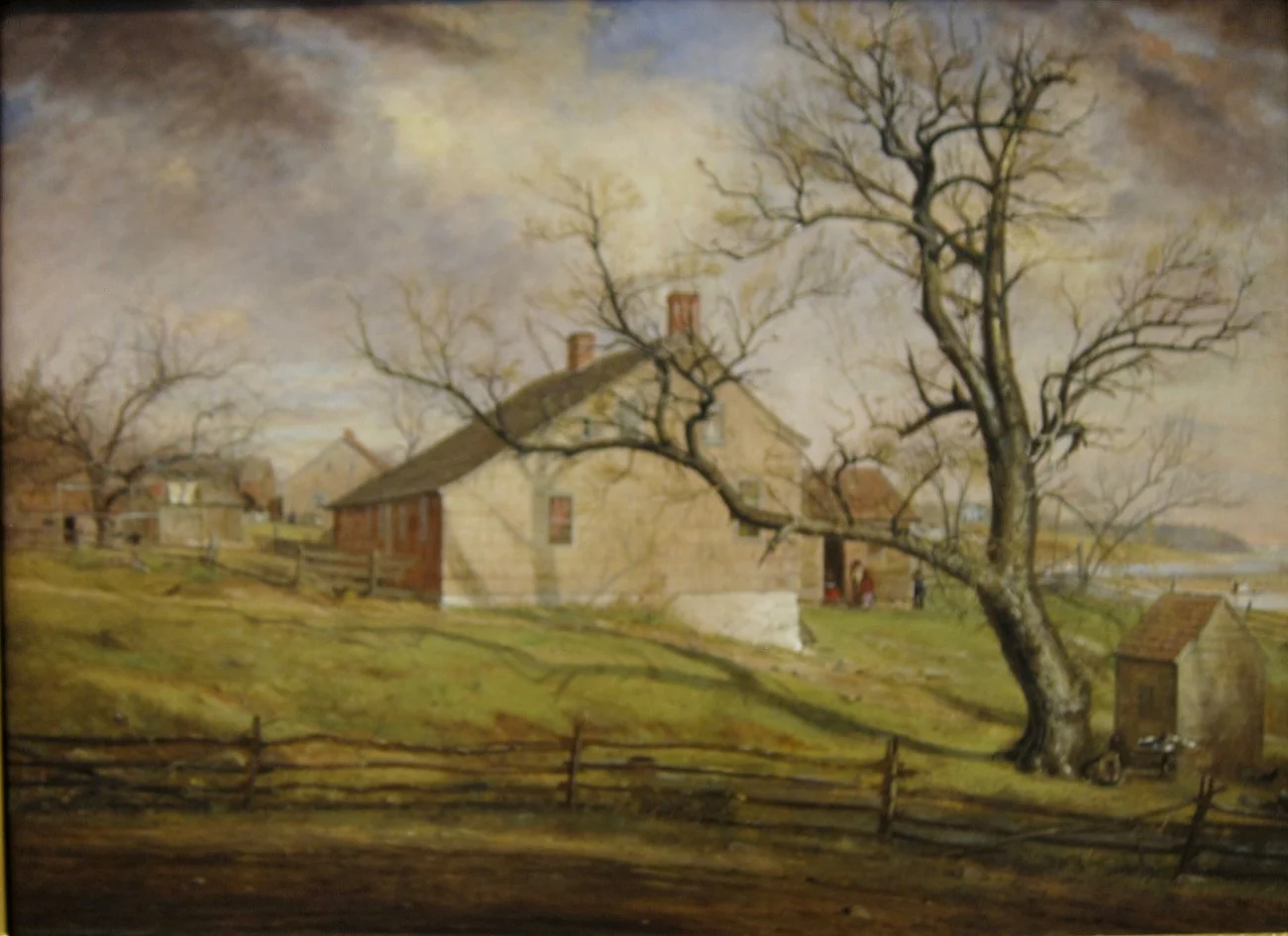
In 1665 and 1666, Ralph and Mary Hall faced accusations of witchcraft in Setauket, New York, linked to several deaths. While the court didn’t find them guilty, the jury delivered an unusual verdict of “suspicion,” which meant the Halls had to post bond and promise good behavior. This case is a good example of how the legal system worked in New York under the Duke’s Laws.
Grace Sherwood of Virginia
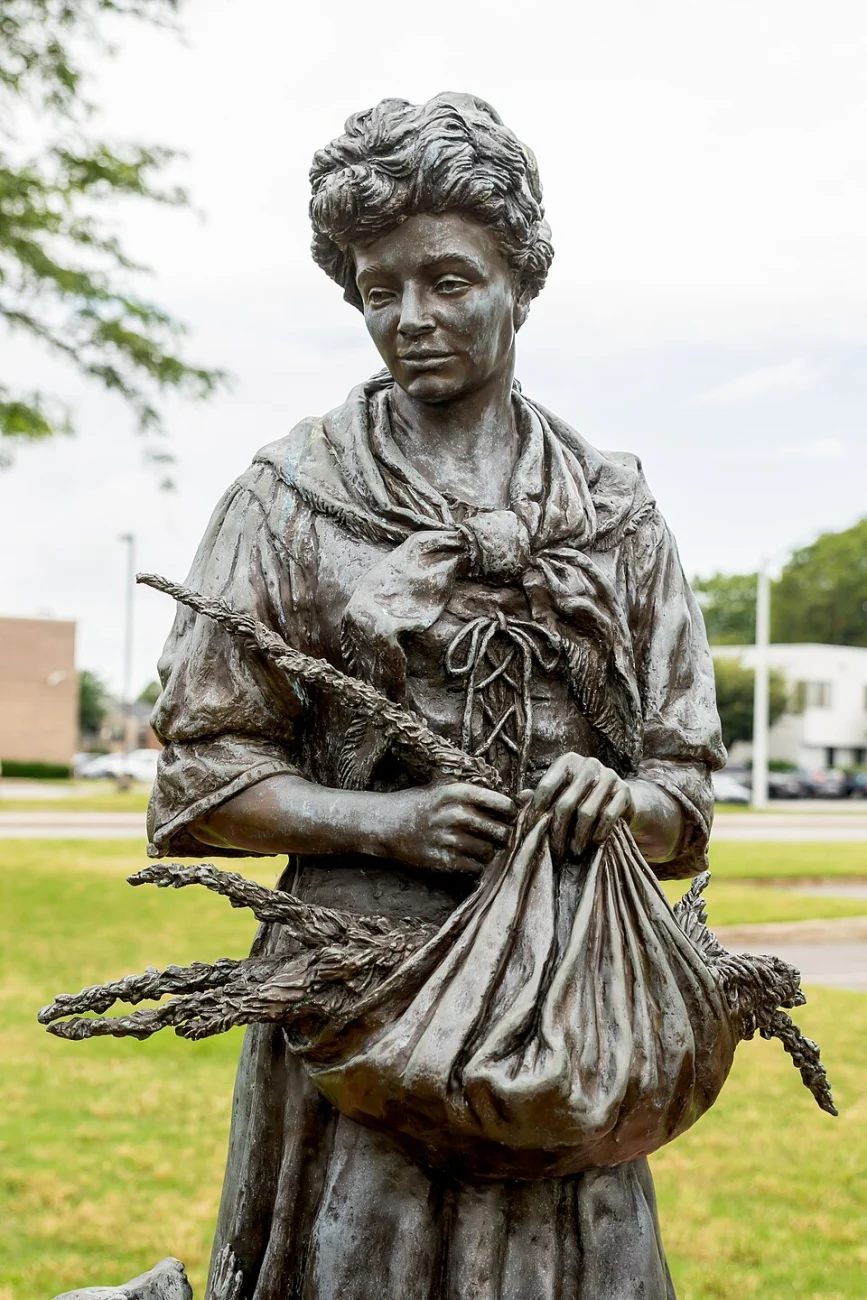
Grace Sherwood, famously known as the “Witch of Pungo,” faced a trial in 1706 in Princess Anne County, Virginia, where she was tested by being thrown into water. Because she floated, she was considered guilty of witchcraft according to the beliefs of the time. Later records show she recovered her property and lived peacefully for many years. Today, Virginia remembers her story near Witchduck Road, and her case remains the most well-known of around twenty similar witchcraft trials held in the state.
Rebecca Fowler of Maryland
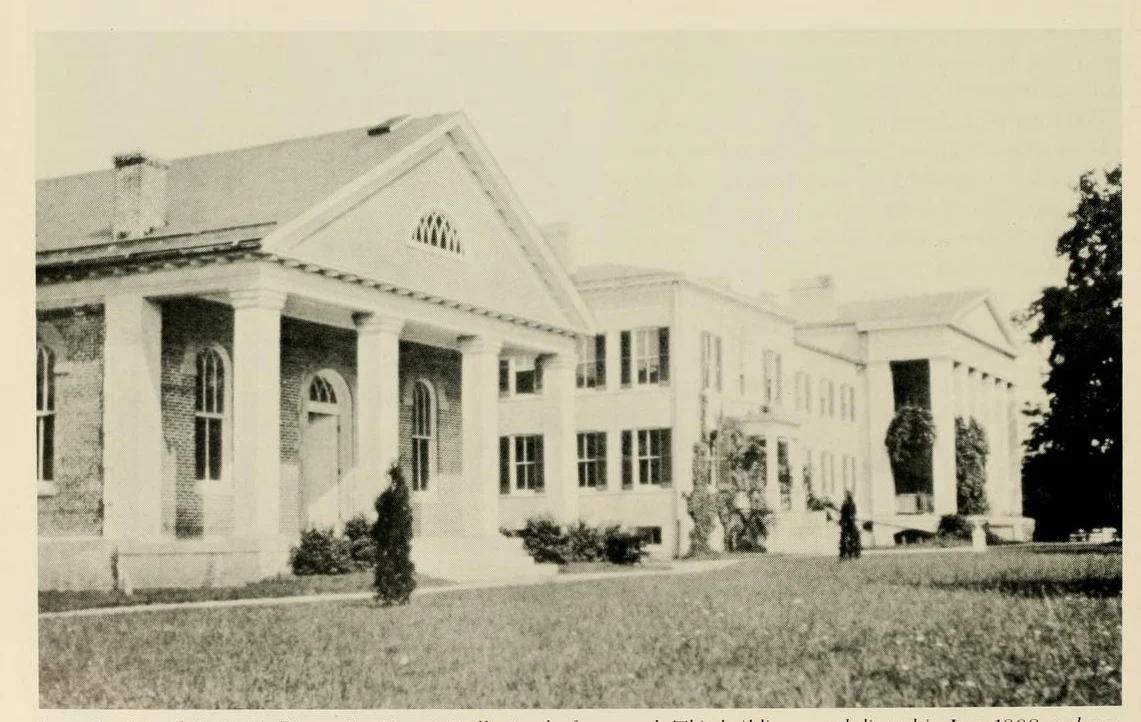
Rebecca Fowler was executed by hanging on October 9, 1685, in St. Mary’s City, making her the only person officially recorded as being put to death for witchcraft by a Maryland court. Historical documents show she was accused of using spells and sorcery to harm people in Calvert County. Historians now understand her story as that of an indentured servant who later became a landowner before facing these charges.
Read More
- Bitcoin’s Ballet: Will the Bull Pirouette or Stumble? 💃🐂
- XRP’s Soul in Turmoil: A Frolic Through Doom & Gloom 😏📉
- Dogecoin’s Big Yawn: Musk’s X Money Launch Leaves Market Unimpressed 🐕💸
- ‘Jujutsu Kaisen’ Season 3 to Kick Off with Double Episode Premiere – Watch the Trailer
- 🚀 Doge’s Zero-Hour: Will It Go From Hero to Zero? 😱
- Deepfake Drama Alert: Crypto’s New Nemesis Is Your AI Twin! 🧠💸
- H World Group’s 49% Surge: A Fund’s Petty Victory
- RLUSD’s $1B Triumph: A Tale of Trust, Tea, and Tokens! 🕊️💸
- Market Reflections: AI Optimism and Inflation Data Propel Stocks on December 19
- Swap Kraft Heinz for Costco: A Wodehousian Investment Tale 🍌
2025-10-17 04:15